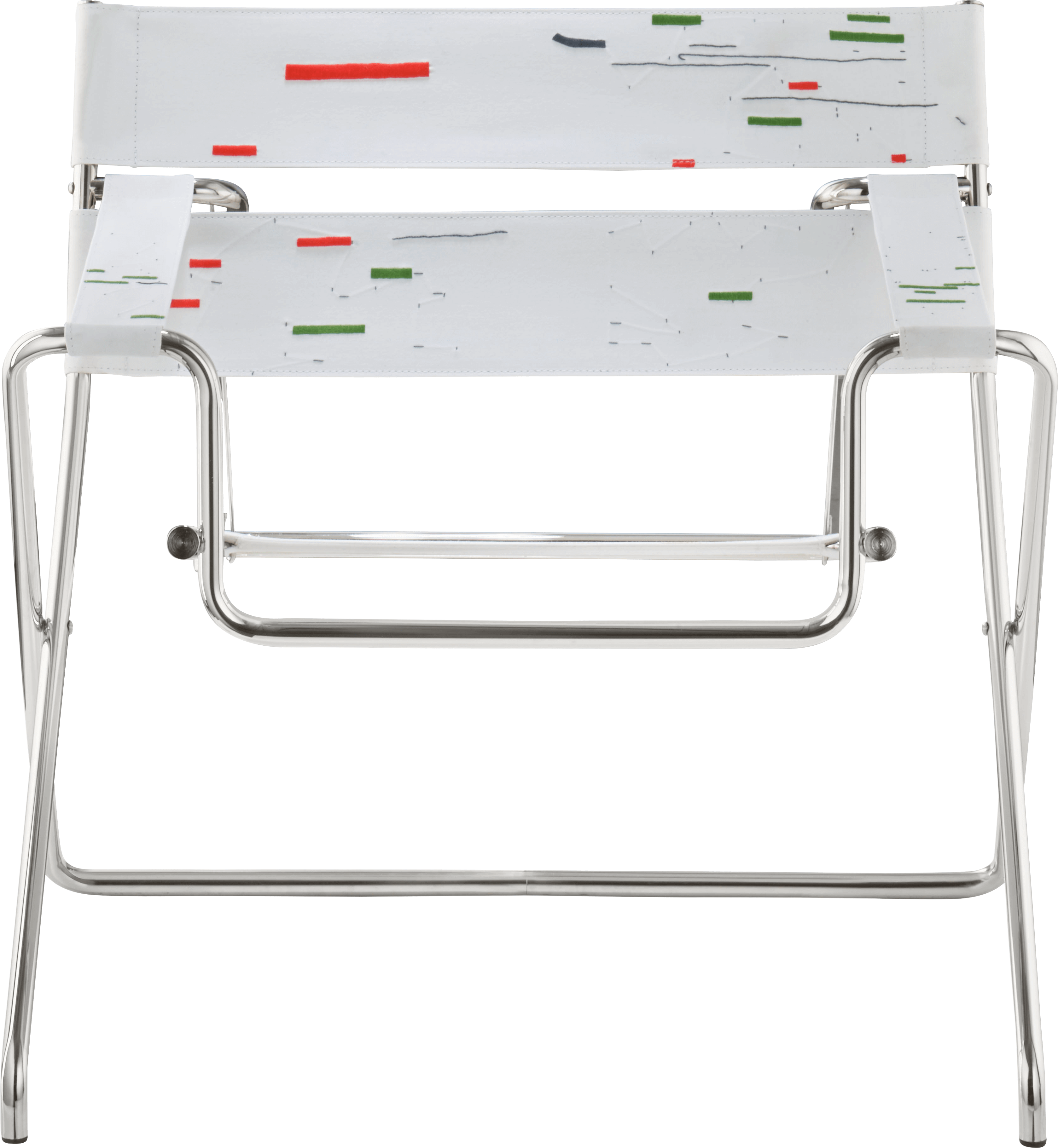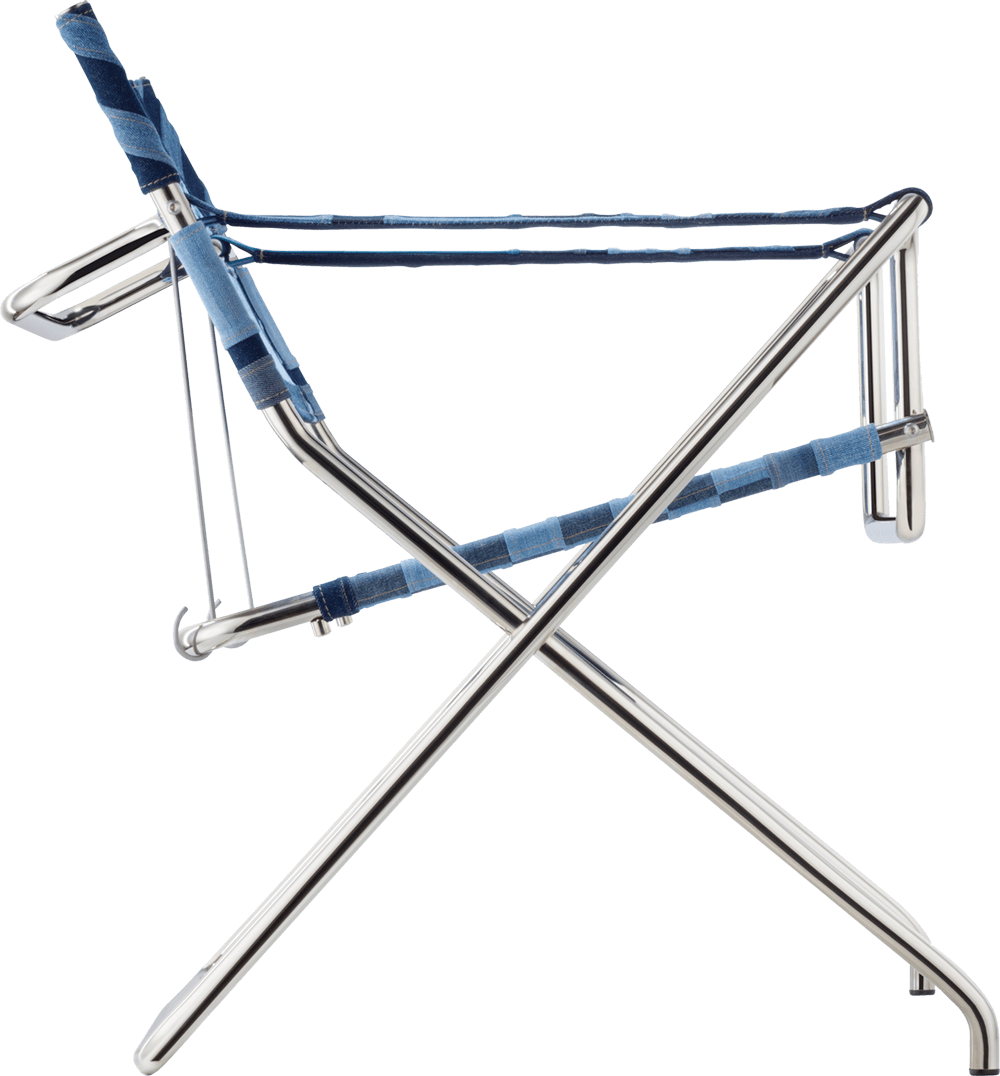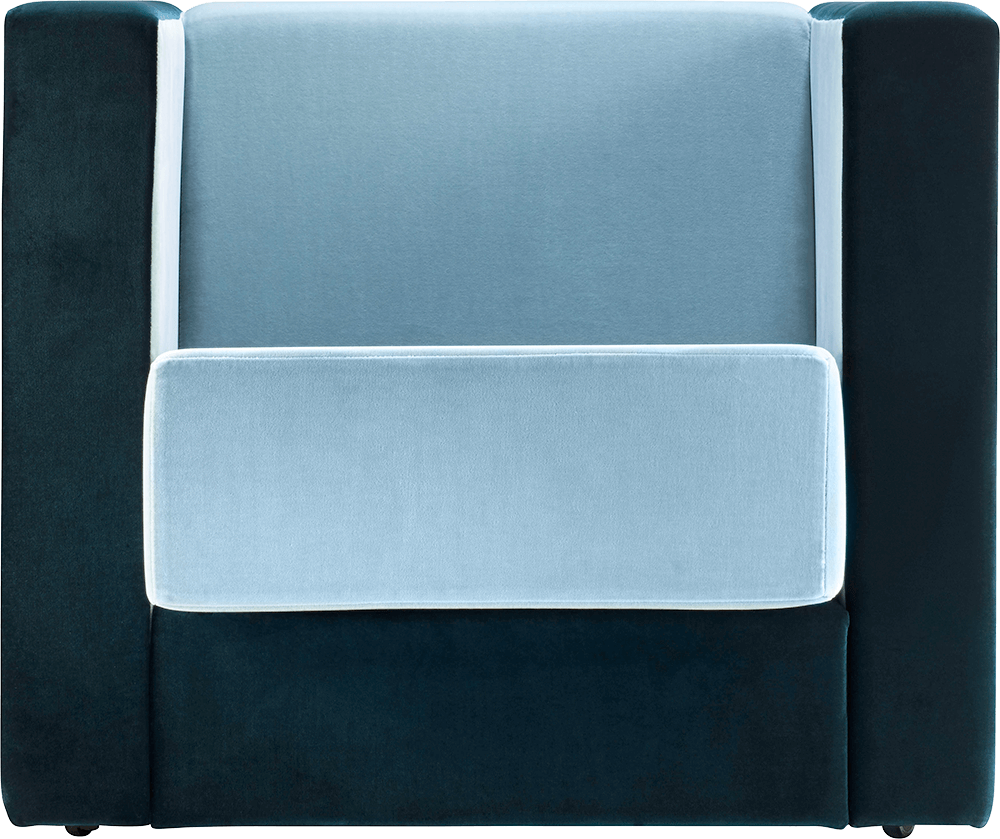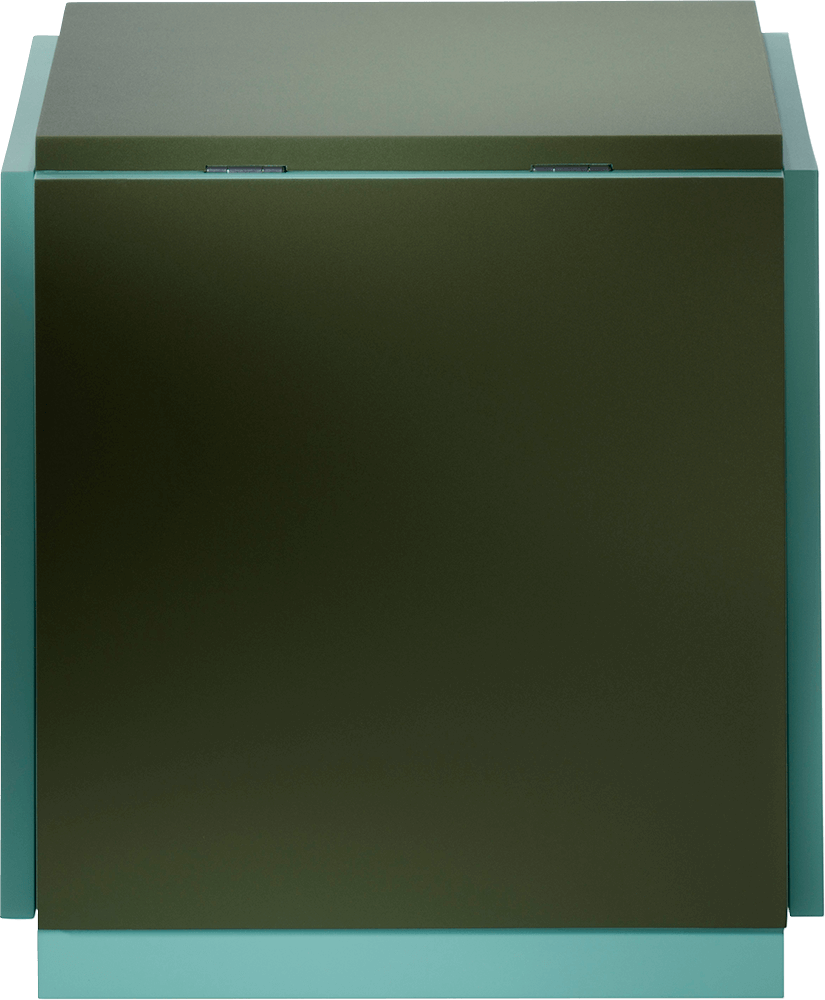- Products▾
- New products
- Furniture▾
- Designers▾
- Marcel Breuer
- Walter Gropius
- Ludwig Mies van der Rohe
- Peter Keler
- Erich Brendel
- El Lissitzky
- Gerrit Rietveld
- Karl-Friedrich Schinkel
- Joop Couwenberg
- Pascal Hien
- Juri Roemmel
- Klemens Grund
- Christian Haas
- Marco Dessí
- Katrin Greiling
- Wolfgang Hartauer
- Martin Hirth
- Thomas Schnur
- Daniel Lorch
- Andree Weißert
- Hanne Willmann
- Florian Borkenhagen
- Stefan Wewerka
- Hans Könecke
- Alison & Peter Smithson
- Geckeler Michels
- Marcel Breuer
- Series▾
- Shop
- News
- Tecta▾
- Cantilever Chair Museum
- Services▾
- Contact
- De






